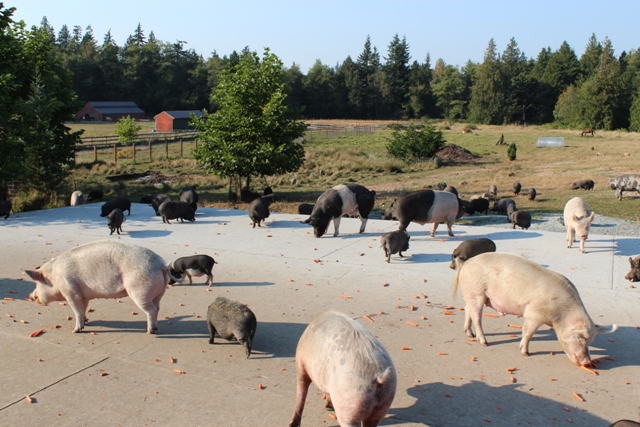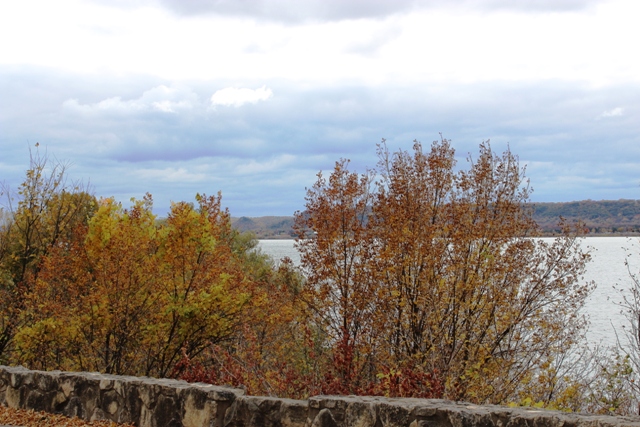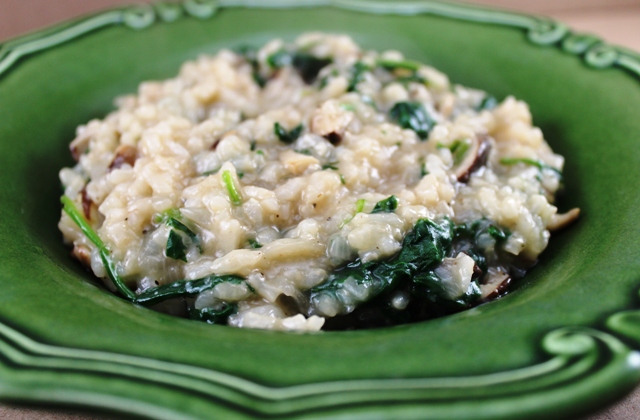How many of you read the Laura Ingalls Wilder books when you were growing up? The Little House books were one of my favorite parts of childhood. My mom read the books aloud to me and my sister when we were kids and I remember collecting the hardback copies of the books over the course of several years. For each birthday, Christmas, etc. I would be given one or two of the books. Now I have the whole beautiful collection and look forward to reading them aloud to some children someday.

When I was on my way to Madison from Minneapolis last week, I saw a sign on the highway advertising a Laura Ingalls Wilder museum. I decided I would make a detour and stop there on my way back. I’d never been to any of the Laura Ingalls Wilder historical sites, but if it was anything like the Anne of Green Gables museum and the Lake of Shining Waters on Prince Edward Island in Nova Scotia, it would be a real treat.

First, I headed to Pepin, Wisconsin where there is a tiny Laura Ingalls Wilder museum with all kinds of old artifacts of life in the late 1800s/early 1900s in the Midwestern United States.

I poked around and looked at all the stuff in the museum for a while and enjoyed especially looking at a case of old photos like this one of Almonso (Laura’s husband, who she nicknamed ‘Manly’) and this darling one of Laura and Almonso in their old age.
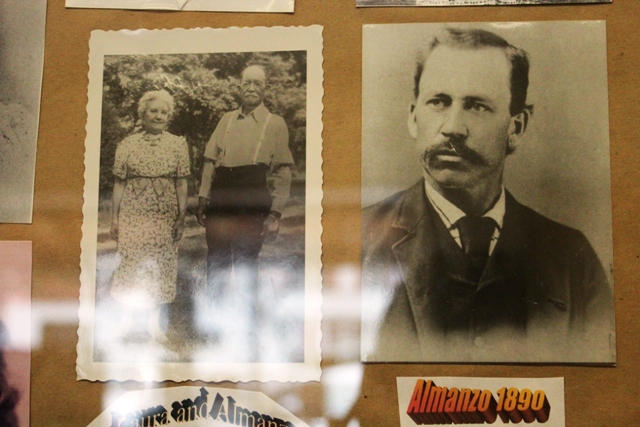
And there was this sweet letter from Laura to her Cousin Lettie as well.

In case it’s difficult to read in the photo, here is the text of the letter:
Mansfield Missouri, January 20, 1948
Dear Cousin Lettie,
Your letter was a pleasant surprise. It has been so long since I have heard from you and as you say, “years and age” have crept up on us.
I am sorry about you having rheumatism. My hands are not as nimble as they used to be, but still I am very well for 81 years old in February. Manly is rather feeble, being crippled in his feet. He is ninety-one.
We are living by ourselves in our old farm house and I am doing all the work for ourselves and the house. We have a good neighbor just across the road and Manly still drives the car so we go to town quite often.
Pa and Ma died years ago and Mary lived with Carrie until her death soon afterward. Carrie was married and living in the Black Hills not far from Rapid City. She died two years ago last June.
Grace had married a farmer about seven miles from De Smet. She died several years ago. As neither she nor Carrie had any children, I am the only one of our family living.
Sometimes I feel lonely when I stop being busy long enough to think. It does keep me hurrying to do the work and write as much as I must to keep up with the people who write to me after reading my books. The books are still selling well. I had more than 200 Christmas cards and letters to answer.
Rose is living in Connecticut. She is Rose Wilder Lane and you may have read some of her books or magazine articles.
Give Alice my love and tell her I will be looking for her letter. It is nice that you can be with her. I was glad to have your letter and hope to hear from you again.
Lots of love,
Laura Ingalls Wilder
This letter made me think a lot about how short a lifetime is and how many people we lose along the way and how we ultimately survive these losses and continue on. My grandmother on my dad’s side is 98 years old. Nearly every one of her friends has died and she has survived all of them. Last time I talked to her, she said that sometimes she wakes up in the morning and lays in bed trying to remember where she is. Some mornings, she’s sure she’s in her mother’s house as a child. Other mornings she wakes up thinking she is in the house where she raised her children. And sometimes she wakes and knows just where she is. I wonder what it must be like to have 98 years of memories, 98 years of waking up in the morning and adjusting to where and when you are in the world. In some ways, it seems so long–like so many things to remember, and other times, it seems like a lifetime must go by in the blink of an eye.
This is one of the things I thought about as I drove out of Pepin to see the site where the Little House in the Big Woods is located. The Big Woods are gone. Instead, there is a cabin on a small hill by some cornfields. The Little House is in the middle of farm country.


It’s amazing how much the landscape can change in a hundred years–how much human influence changes the landscape. How profound an impact the way we and our families and communities live can make on the land around us.
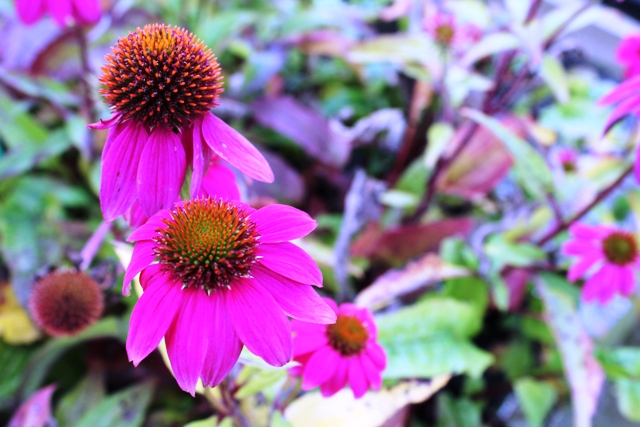
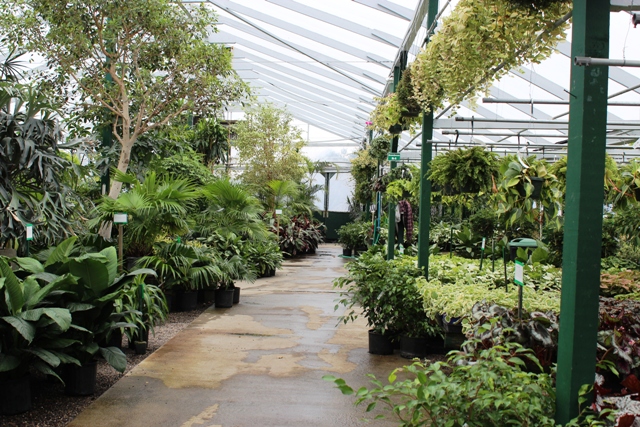
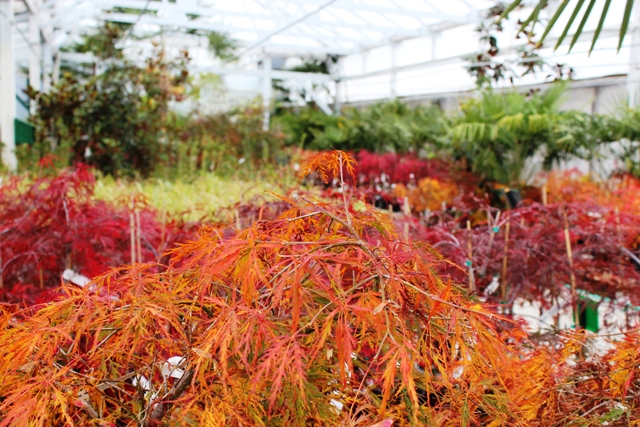
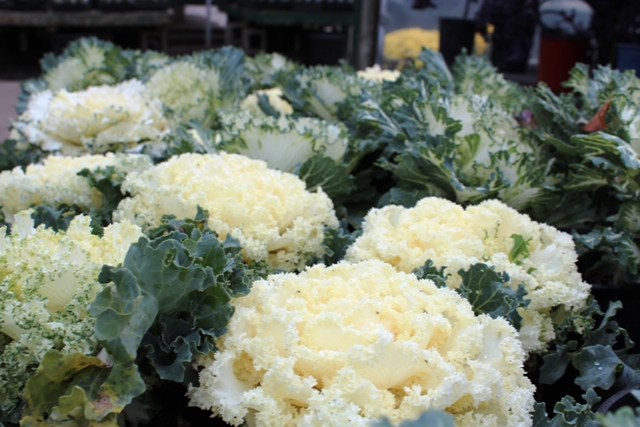


 Follow
Follow

